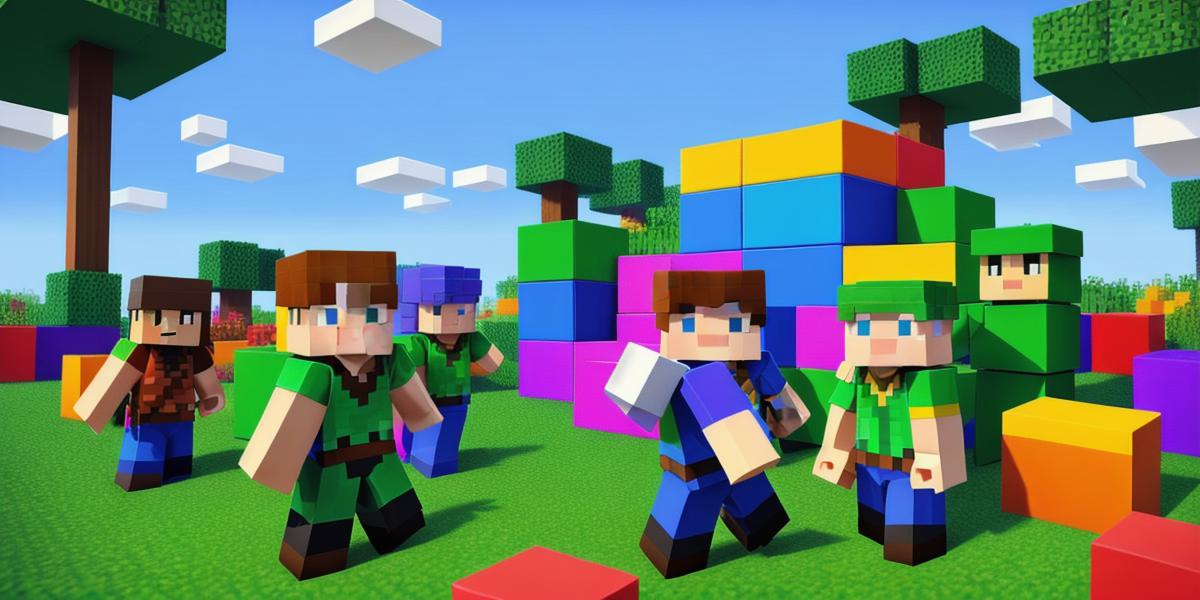Subheadings:
- Introduction to Minecraft and Metaverse
- Understanding the Concepts
- Similarities between Minecraft and Metaverse
- Differences between Minecraft and Metaverse

- Summary: Minecraft’s Role in the Metaverse Evolution
Introduction to Minecraft and Metaverse:
Minecraft, the sandbox video game created by Mojang Studios in 2011, has taken the world by storm with its infinite possibilities for creativity and exploration. On the other hand, the term "metaverse" is often used in the gaming industry to describe immersive, persistent virtual environments where users can interact in real-time.

Understanding the Concepts:
Minecraft offers players the freedom to build and explore their own 3D worlds using various blocks. Users can collaborate on projects, create complex structures, and even design mini-games for others to enjoy. It is a user-generated content platform where creativity and social interaction thrive.
The metaverse, on the other hand, encompasses more extensive virtual environments that provide users with persistent, immersive experiences. These virtual worlds offer advanced features such as customizable avatars, voice chat, and real-time collaboration, allowing for richer interactions between users.
Similarities between Minecraft and Metaverse:
Both Minecraft and the metaverse share some common characteristics, such as:
- Virtual environments: Both platforms offer virtual spaces where users can create, explore, and interact.
- User-generated content: Players in Minecraft build structures and games from scratch, while metaverse users contribute to larger community projects.
- Social interaction: Collaboration and communication with other players are integral parts of both experiences.
Differences between Minecraft and Metaverse:
Despite the similarities, it’s essential to understand that Minecraft is not a metaverse.
Some key differences include:
- Persistence: The metaverse offers a more persistent virtual world where users can return to their creations whenever they want, whereas Minecraft worlds are usually single-player or multiplayer sessions with limited persistence.
- Advanced features: Metaverses offer advanced features like customizable avatars and voice chat that are not available in Minecraft.
- Complexity: The metaverse is typically more complex than Minecraft, with larger virtual environments and more sophisticated interactions between users.
Summary: Minecraft’s Role in the Metaverse Evolution:
Although Minecraft doesn’t offer a fully-realized metaverse experience, it has laid the groundwork for future developments. The game’s popularity demonstrates the demand for user-generated content and immersive virtual environments. As technology advances and more sophisticated metaverses become available, Minecraft can be seen as an early prototype that paved the way for these innovative gaming experiences.
In conclusion, Minecraft is not a metaverse in its purest sense but shares similarities with this concept. It offers users an immersive virtual environment where they can create, explore, and interact, which makes it a valuable stepping stone towards more advanced metaverses that are yet to come.
